Chili - The Spice of Life
Chili, a beloved spice used worldwide, is a versatile ingredient that adds depth, flavor, and heat to any dish. Known for its rich, spicy kick, chili peppers come in various forms, including fresh, dried, powdered, and as chili sauce or oil. Whether you're an adventurous cook or someone who enjoys adding a touch of heat to your meals, chili products offer the perfect solution.
Fresh Chili Peppers are vibrant, juicy, and packed with heat. From mild to extremely spicy varieties, fresh chilies can be sliced, diced, or used whole to infuse dishes with their pungent aroma. Great for stir-fries, salsas, and curries, fresh chilies add a fresh and bold flavor to your meals.
Dried Chili Peppers are perfect for slow-cooking and flavor extraction. When dried, chilies intensify their heat and smokiness. You can use them whole, ground into chili powder, or rehydrate them to create sauces and soups with a complex depth of flavor.
Chili Powder is a staple in kitchens around the world. A blend of dried chili peppers and other spices like cumin and garlic, chili powder adds a punch of heat and a savory aroma to dishes. Perfect for seasoning meats, soups, stews, and even grilled vegetables, chili powder offers convenience without compromising on flavor.
Chili Sauces and Oils are excellent for those who prefer a ready-to-use option. These products combine chili with ingredients like garlic, vinegar, or sesame oil to create flavorful sauces and oils that elevate your dishes instantly. Whether you like it sweet, tangy, or fiery, chili sauces and oils are perfect for dipping, marinating, or adding to your favorite foods.
Enhance your culinary creations with chili – a bold, flavorful ingredient that brings spice and excitement to every meal!
-
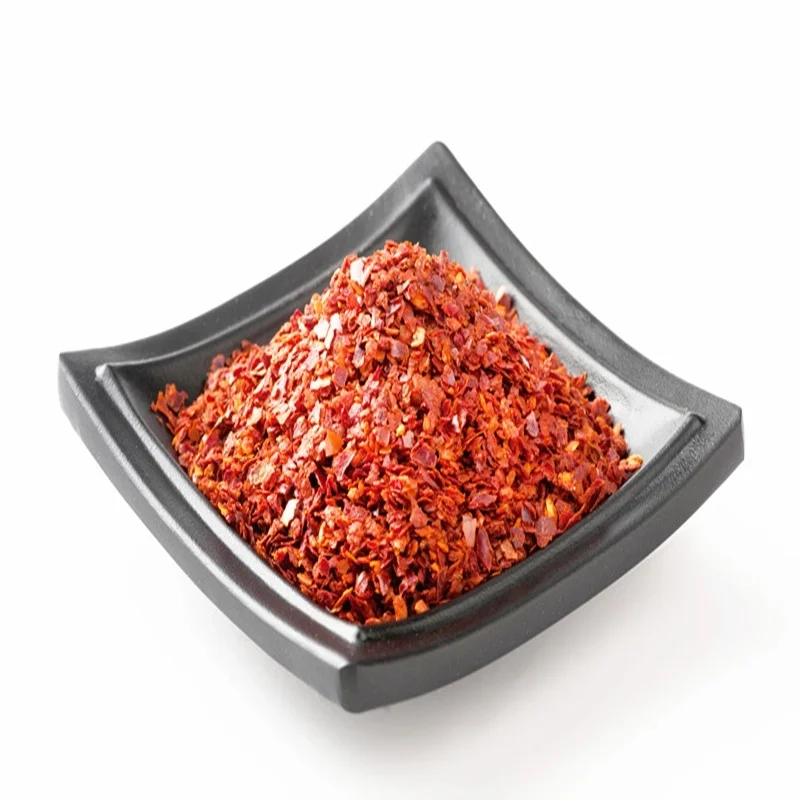
Gochugaru
2000-6000SHUIty gochugaru ity dia voajanahary 100% tsy misy fanampin-javatra, ny vokatray dia mety amin'ny fanangonam-bokatra, indrindra amin'ny fomba fanamboarana kimchi koreana malaza. Atokisan'ny marika kimchi Koreana maro, ny gochugaru anay dia miantoka ny maha-azo itokiana sy manatsara ny tsiron-drazana. Amboary ny traikefa anananao amin'ny alàlan'ny Gochugaru premium - safidy madio ho an'ireo izay mitady kalitao tsy azo leferina amin'ny famoronana lovia voatsindrona Koreana matsiro sy tena izy. Diniho ny fototry ny fomban-tsakafo Koreana miaraka amin'ny gochugaru miavaka, izay ahitana ny fahadiovana miaraka amin'ny lova manankarena amin'ny hatsaran'ny pickling.
-
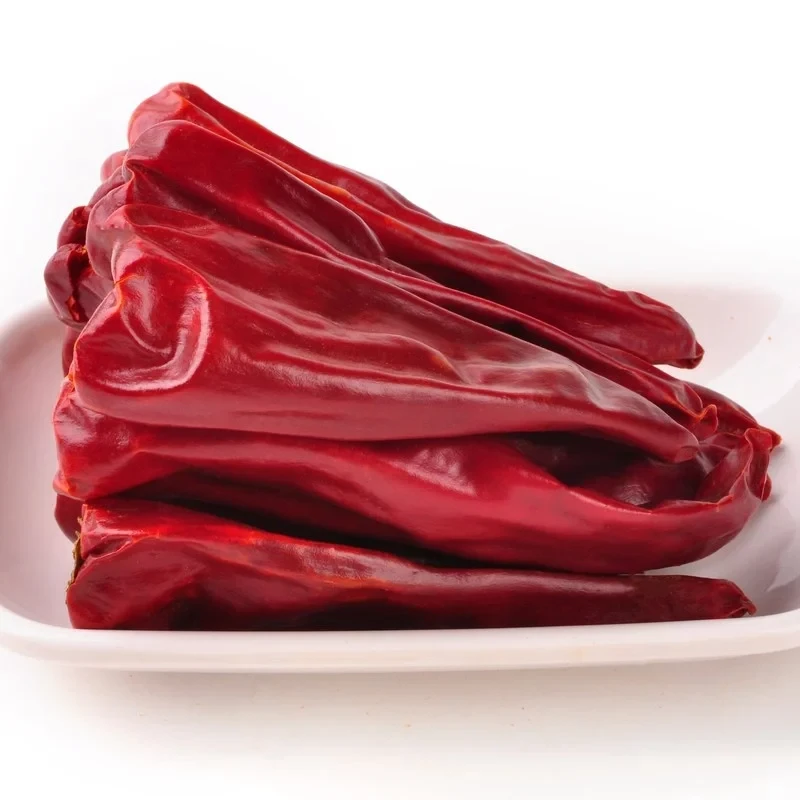
Chili Yidu maina
3000-5000SHUIty sakay Yidu maina ity dia nofantenana tsara sy amainina amin'ny masoandro, mitahiry ny toetrany voajanahary sy ny fomba famokarana nentim-paharazana, ka mahatonga azy ireo ho singa mahandro sakafo. Voajanahary 100% tsy misy additives izy io, misy loko mena midorehitra, tsiro miavaka, hanitra tsy miovaova ary kalitao miavaka. Izy io dia ampiasaina ho fanampin-tsakafo hafa mahasalama, ahafahan'ny mpanjifa manitsy ny haavon'ny hanitra ao amin'ny loviany araka ny safidiny manokana. Ny toetra mampiavaka ny sakay Yidu maina dia mahatonga azy ho safidy isan-karazany sy manintona ho an'ny mpankafy kulinarina.
-
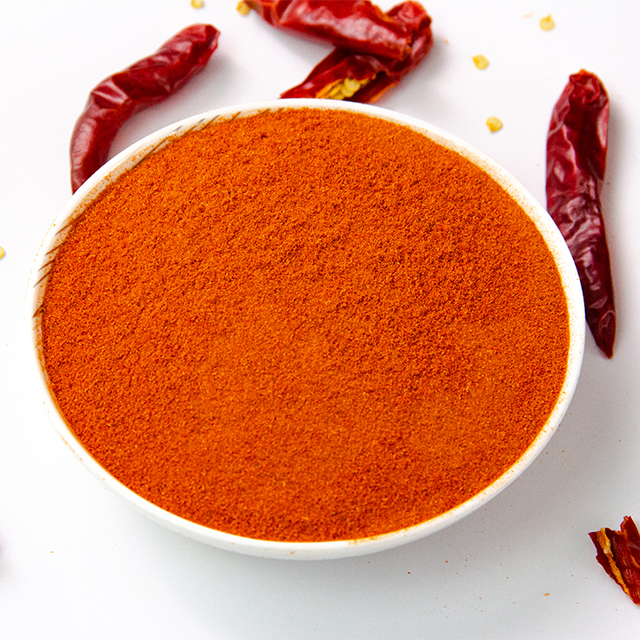
Vovoka sakay-10,000-15,000SHU
10.000-1.5000SHUIty vovon-tsakay ity dia zava-manitra tsara kalitao izay manampy tsiro sy hafanana amin'ny sakafo isan-karazany. Avy amin'ny sakay tsara indrindra, ny vokatray dia namboarina tamim-pahamarinana mifanaraka amin'ny fenitra avo indrindra amin'ny kalitao sy ny tsiro.
-
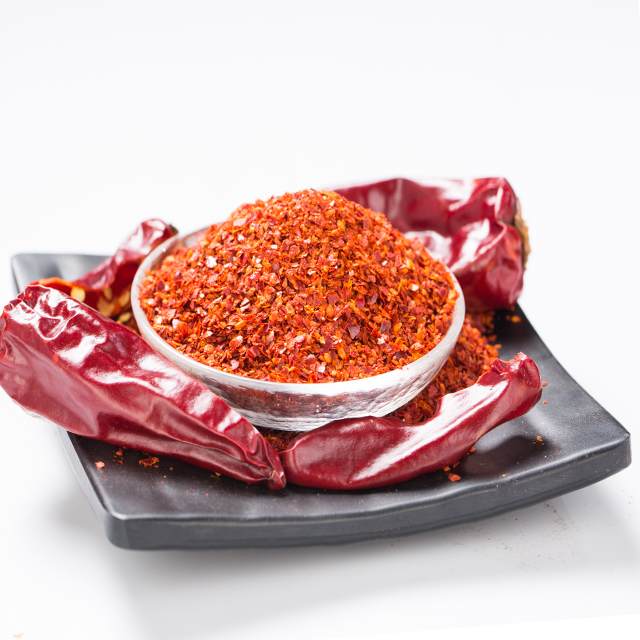
Paprika mamy voatoto
Tsy masiakaIty paprika mamy voatoto ity dia madio 100%, tsy misy pentina, bobongolo ary mena Sudan. Ny vokatray dia miantoka ny fahadiovana sy ny hatsarana, miantoka ny fanampin'ny hanitra ho an'ny sakafonao. Tsy misy pentina sy fanaraha-maso kalitao henjana, izy io dia safidy azo itokisana ho an'ny mpankafy culinary. Amboary ny famoronana culinary anao miaraka amin'ny paprika mamy tsara indrindra voatoto, manome kalitao tsy manam-paharoa sy fanampim-panazavana tsy misy pentina amin'ny sakafo tianao indrindra. Matokia ny fahadiovan'ny vokatray mba hahazoana traikefa ara-tsakafo mahasalama sy mahafinaritra.
-
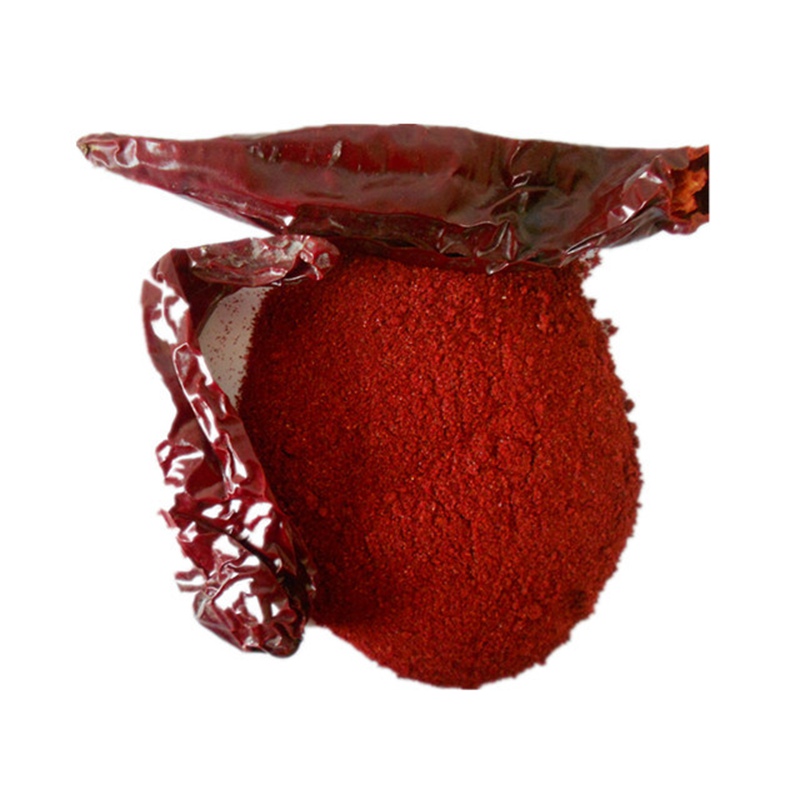
Vovoka paprika mamy
Tsy masiakaIty vovobony paprika mamy ity dia voajanahary 100% tsy misy fanampin-javatra, misy loko mena midorehitra, tsiro miavaka ary kalitao miavaka. Izy io dia zava-manitra tsy misy fofona izay azo ampiasaina hanatsara ny lokon'ny lovia, ka hahatonga azy ireo ho manintona. Ny toetra mampiavaka ny vovobony paprika mamy dia mahatonga azy ho safidy isan-karazany sy manintona ho an'ny mpankafy kulinar.
Ny vovony paprika mamy dia manolotra safidy azo zahana amin'ny loko samihafa, sy ny fonosana. izahay dia manolo-tena handray fepetra isan-karazany customization.
-
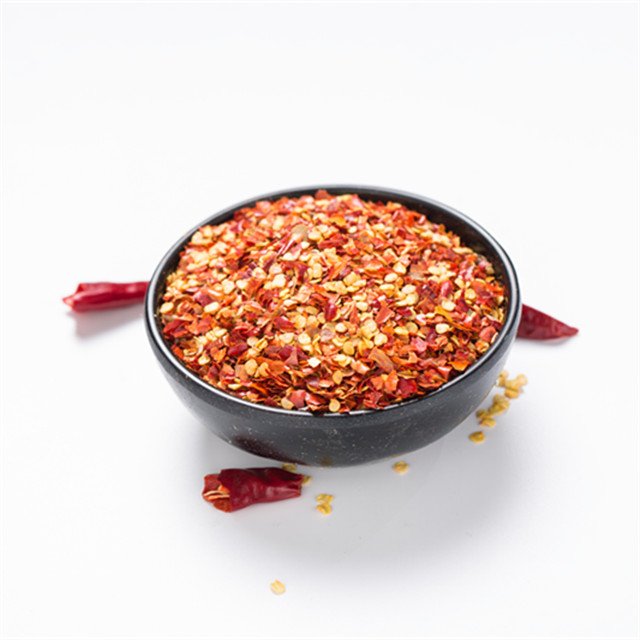
sakay voatoto-40.000-50.000SHU
40.000-50.000SHUNy orinasanay dia ivon'ny fanavaozana ny zava-manitra, manolotra vokatra isan-karazany, ao anatin'izany ny poivre mena voatoto, ny vovon-tsakay, ny sakay maina, ny silaka sakay ary ny menaka sakay. Ny zotram-pamokarana midadasika dia mamaly ny filana amin'ny sakafo isan-karazany, manomboka amin'ny fampidirana daka mirehitra amin'ny pizza sy paty ka hatramin'ny fampidirana tsiro be dia be ao anaty lasopy sy lasopy. Ny vokatra tsirairay ao amin'ny fanangonanay dia nahazo ny mari-pankasitrahana malaza avy amin'ny Vondrona Eoropeana, manaporofo ny fanoloran-tenanay tsy mihozongozona amin'ny kalitao. Amboary ny zava-boarinao amin'ny sakafo mahandro miaraka amin'ny zava-manitra malaza, natao ho an'ny fahaiza-manao sy ny maha-azo itokiana, hiantohana ny traikefa mahafinaritra sy mamy amin'ny sehatra an-dakozia rehetra.
-
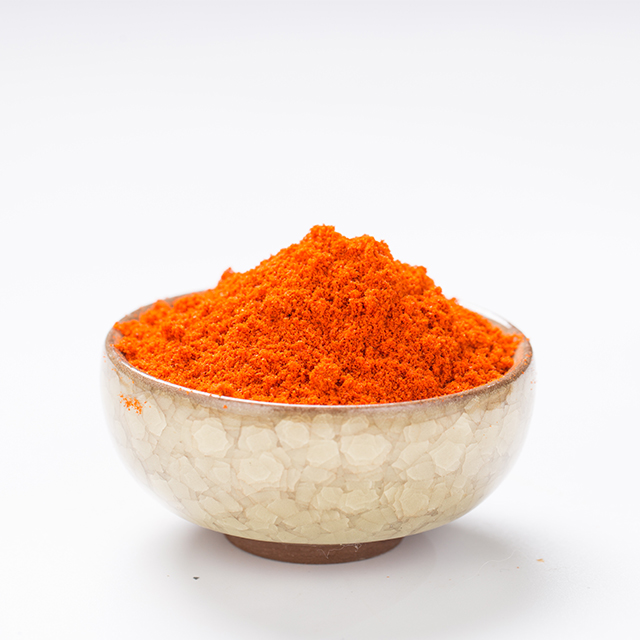
vovoka sakay-600.000SHU
60.0000SHUIty vovon-tsakay ity dia voajanahary 100% tsy misy fanampin-javatra, misy loko mena midorehitra, tsiro miavaka, hanitra tsy miovaova ary kalitao miavaka. Izy io dia ampiasaina ho fanampin-tsakafo hafa mahasalama, ahafahan'ny mpanjifa manitsy ny haavon'ny hanitra ao amin'ny loviany araka ny safidiny manokana. Ny toetra mampiavaka ny vovon-tsakay dia mahatonga azy ho safidy maro sy manintona ho an'ny mpankafy kulinarina.
Ny vovony sakay dia manolotra safidy azo zahana amin'ny haavon'ny hanitra, loko ary fonosana. izahay dia manolo-tena handray fepetra isan-karazany customization.
-
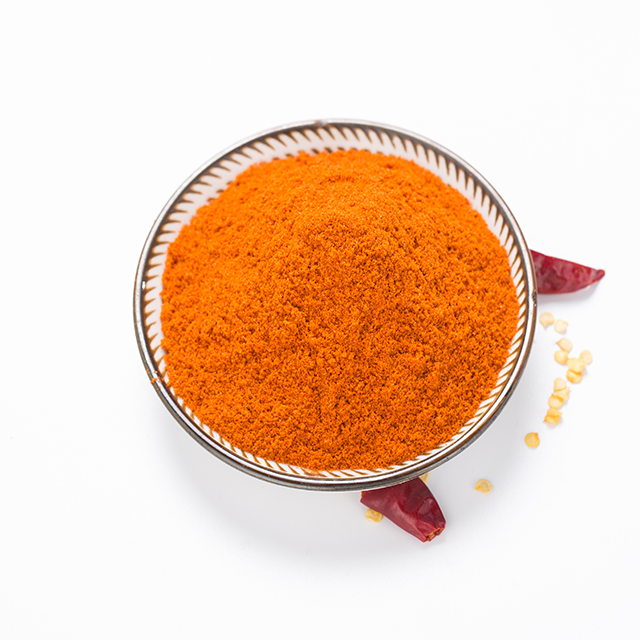
vovoka sakay-70,000-80,000SHU
70.000-80.000SHUIty vovon-tsakay ity dia malaza amin'ny kalitaony ambony, madio ary tsy misy additives. Mirehareha amin'ny fanaterana vokatra mihoatra ny fenitra izahay, mahazo laza amin'ny alàlan'ny fanondranana betsaka any Etazonia, Vondrona Eoropeana, ary firenena hafa. Safidio ny vovon-tsakay ho an'ny traikefa mahandro sakafo, miavaka amin'ny tsiro miavaka sy ny fanoloran-tena amin'ny kalitao izay nametraka anay ho mpamatsy azo itokisana amin'ny tsena manerantany.
-
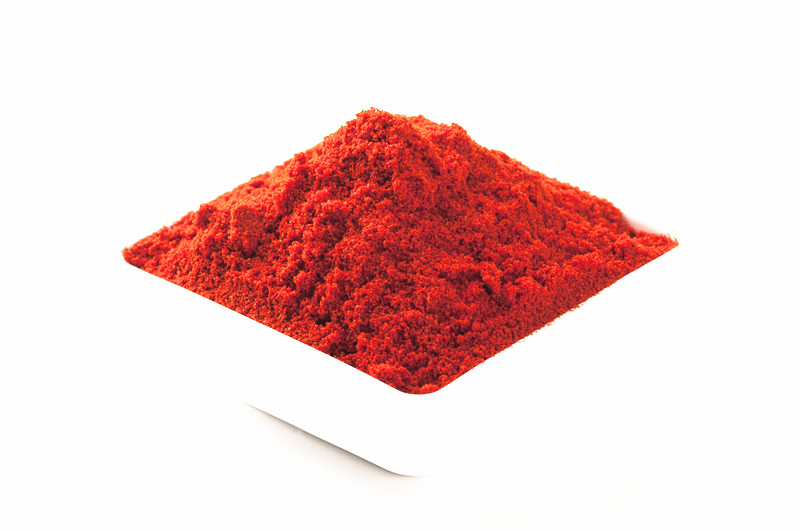
vovoka sakay-50,000SHU-60,000SHU
50.000-60.000SHUIty vovon-tsakay ity dia miavaka amin'ny safidy tsara indrindra - madio, tsy misy additives ary tsy misy gluten. Avy amin'ny sakay tsara indrindra, ny vokatray dia miantoka ny traikefan'ny zava-manitra tena izy. Tsy misy additives sy gluten, manome fikasihana voajanahary sy mahasoa amin'ny famoronana culinary anao. Safidio ny vovon-tsakay ho an'ny tsiro madio sy ny fitsangatsanganana ara-tsakafo mahasalama!
What Is The Trick To A Good Chili?
Chili, a beloved spice used worldwide, is a versatile ingredient that adds depth, flavor, and heat to any dish. Known for its rich, spicy kick, chili peppers come in various forms, including fresh, dried, powdered, and as chili sauce or oil. Whether you're an adventurous cook or someone who enjoys adding a touch of heat to your meals, chili products offer the perfect solution.
Fresh Chili Peppers are vibrant, juicy, and packed with heat. From mild to extremely spicy varieties, fresh chilies can be sliced, diced, or used whole to infuse dishes with their pungent aroma. Great for stir-fries, salsas, and curries, fresh chilies add a fresh and bold flavor to your meals.
Dried Chili Peppers are perfect for slow-cooking and flavor extraction. When dried, chilies intensify their heat and smokiness. You can use them whole, ground into chili powder, or rehydrate them to create sauces and soups with a complex depth of flavor.
Chili Powder is a staple in kitchens around the world. A blend of dried chili peppers and other spices like cumin and garlic, chili powder adds a punch of heat and a savory aroma to dishes. Perfect for seasoning meats, soups, stews, and even grilled vegetables, chili powder offers convenience without compromising on flavor.
Chili Sauces and Oils are excellent for those who prefer a ready-to-use option. These products combine chili with ingredients like garlic, vinegar, or sesame oil to create flavorful sauces and oils that elevate your dishes instantly. Whether you like it sweet, tangy, or fiery, chili sauces and oils are perfect for dipping, marinating, or adding to your favorite foods.
Enhance your culinary creations with chili a bold, flavorful ingredient that brings spice and excitement to every meal!
Why Are Peppers Called Chili?
The term "chili" is often used to refer to various types of hot peppers, but its origin and usage are a bit more complex. Here’s why peppers are called "chili":
1.Etymology from Nahuatl (Aztec language):
The word "chili" comes from the Nahuatl language, which was spoken by the Aztecs and other indigenous peoples in Mesoamerica. In Nahuatl, the word for pepper is "ch? lli". The Aztecs and other native groups in Central and South America cultivated and used chili peppers long before Europeans arrived, and they were integral to their cuisine.
When Spanish explorers encountered these peppers in the Americas in the 15th and 16th centuries, they adopted the Nahuatl word "ch? lli" to describe them. The term eventually made its way into other languages, including English, where it became commonly used.
2. Naming Confusion and Global Spread:
The word "chili" is used differently around the world. In many places, "chili" refers to the fruit of the Capsicum plant, which can be used fresh, dried, or powdered to add heat to food. However, when used in the context of chili con carne (the famous spicy stew), the name "chili" specifically refers to the dish made with ground meat, chilies, beans, tomatoes, and spices.
In the U.S. and many English-speaking countries, the term "chili" has become synonymous with hot peppers, especially Capsicum annuum, which includes common varieties like jalapenos, serranos, and cayennes. However, in other parts of the world, like India and some parts of Asia, the term "chili" often refers to the spicier varieties of Capsicum that are commonly used in their cuisines.
3. "Chili" vs. "Chili Pepper":
In the 17th century, when Christopher Columbus brought the peppers back to Europe, they were initially thought to be a type of pepper (which they resemble in taste and appearance). The name “pepper” had already been used to describe the spicy fruit of the Piper nigrum plant (black pepper), and this led to the widespread use of the term "pepper" for the Capsicum family, despite them being botanically unrelated. Over time, the term "chili pepper" was adopted in many languages to differentiate the spicy peppers from black pepper.
In this sense, "chili" became shorthand for chili pepper, the pepper that imparts heat, especially from the Capsicum family, which includes many varieties of peppers that vary in heat intensity.
4. Cultural Influence and Usage:
The spread of chili peppers around the world, particularly after the Columbian Exchange (which was the exchange of plants, animals, and cultures between the Americas and the Old World), played a significant role in shaping global cuisine. As chili peppers became more commonly used in a wide range of dishes, the name “chili” was often applied to dishes and recipes that incorporated these peppers, such as chili con carne, chili oil, and chili sauce.
In summary, "chili" is derived from the Nahuatl word for pepper, "ch? lli", and has evolved in usage due to its widespread adoption in cuisines around the world. It’s used to refer to both the pepper itself and the dishes made with it, particularly those that are spicy and contain peppers.








